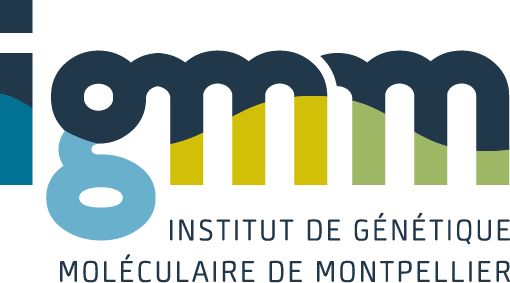The proteasome is the main intracellular proteolytic machinery. It is involved in all major cellular functions and decisions. It has long been thought that prior ubiquitinylation of almost all of its substrates was necessary for degradation. It has also long been considered that ubiquitinylation and degradation were two uncoupled mechanisms and that the recruitment of ubiquitinylated species was only performed by specialized subunits of the proteasome. The recent literature questions this simplified view. It also suggests that, on the one hand, the fraction of proteins hydrolyzed by the proteasome independently of their ubiquitinylation has largely been underestimated and, on the other hand, that the recognition of ubiquitinylated proteins involves complex addressing systems. Furthermore, it indicates a higher order structuration of the ubiquitin/proteasome pathway, a fraction of the proteasome and of ubiquitinylation enzymes being engaged in supramolecular complexes. Finally, proteasomal degradation is altered in a number of pathological situations. It, thus, constitutes a therapeutic target and the first applications are emerging.
[Proteasomal degradation: from addressing of substrates to therapeutical perspectives]
Andermarcher, E.; Bossis, G.; Farras, R.; Jariel-Encontre, I.; Piechaczyk, M.
2005
Med Sci (Paris)
2005-02 / vol 21 / pages 141-9
Abstract
Étiquettes
Humans; Animals; Proteins/*metabolism; Proteasome Endopeptidase Complex/*physiology; Neoplasms/drug therapy/enzymology; Ubiquitin/physiology
